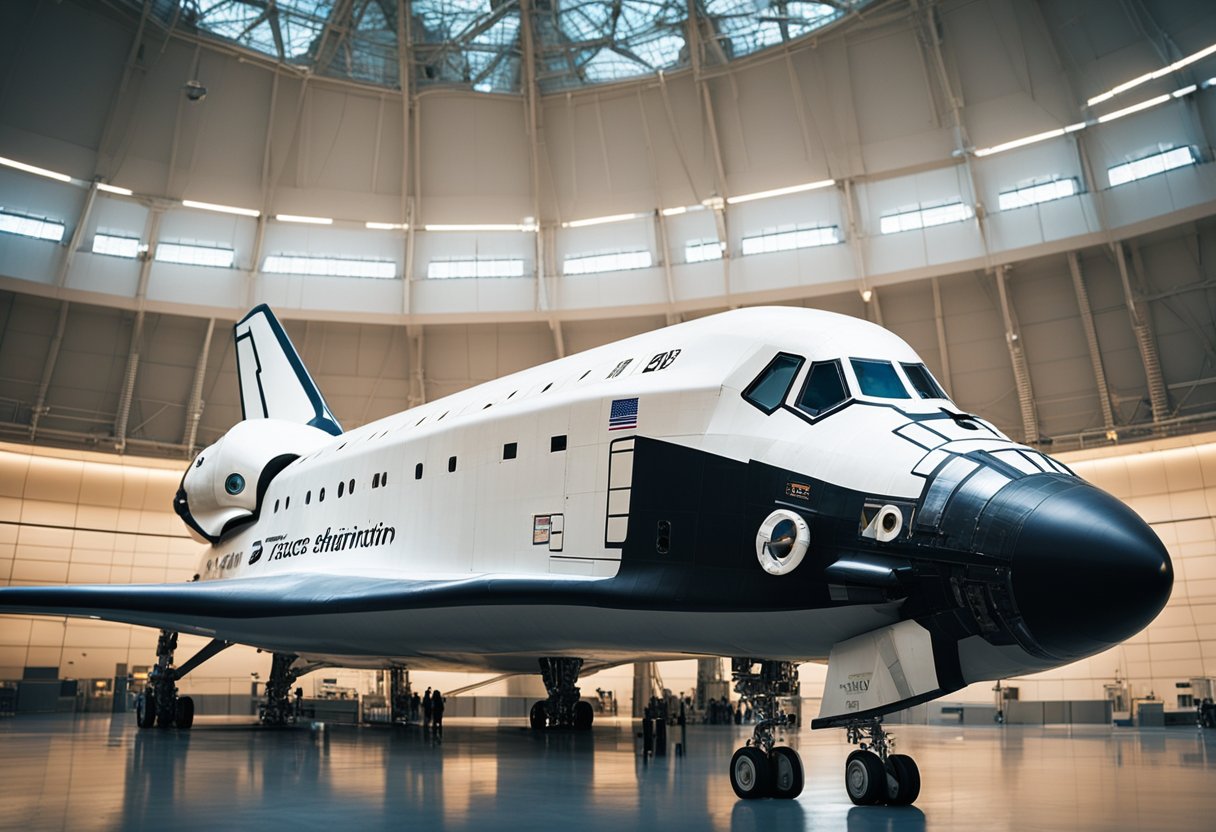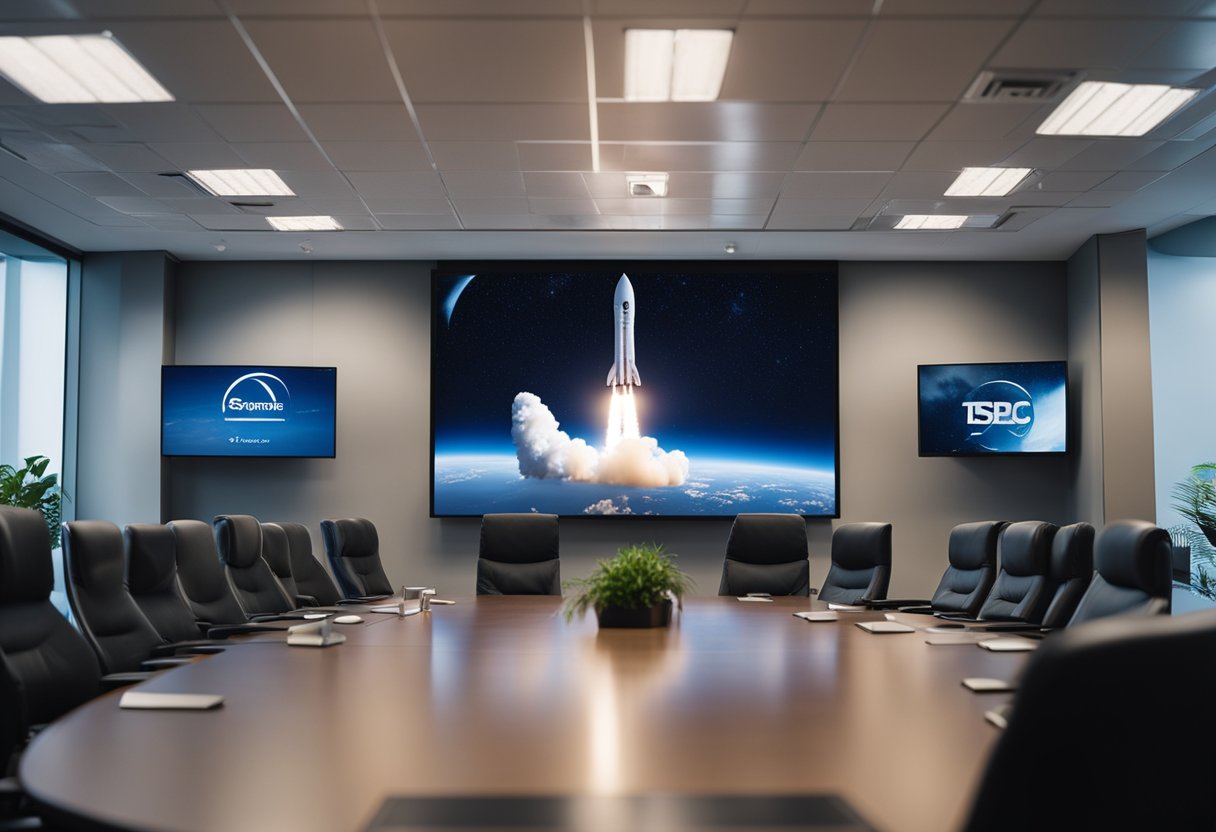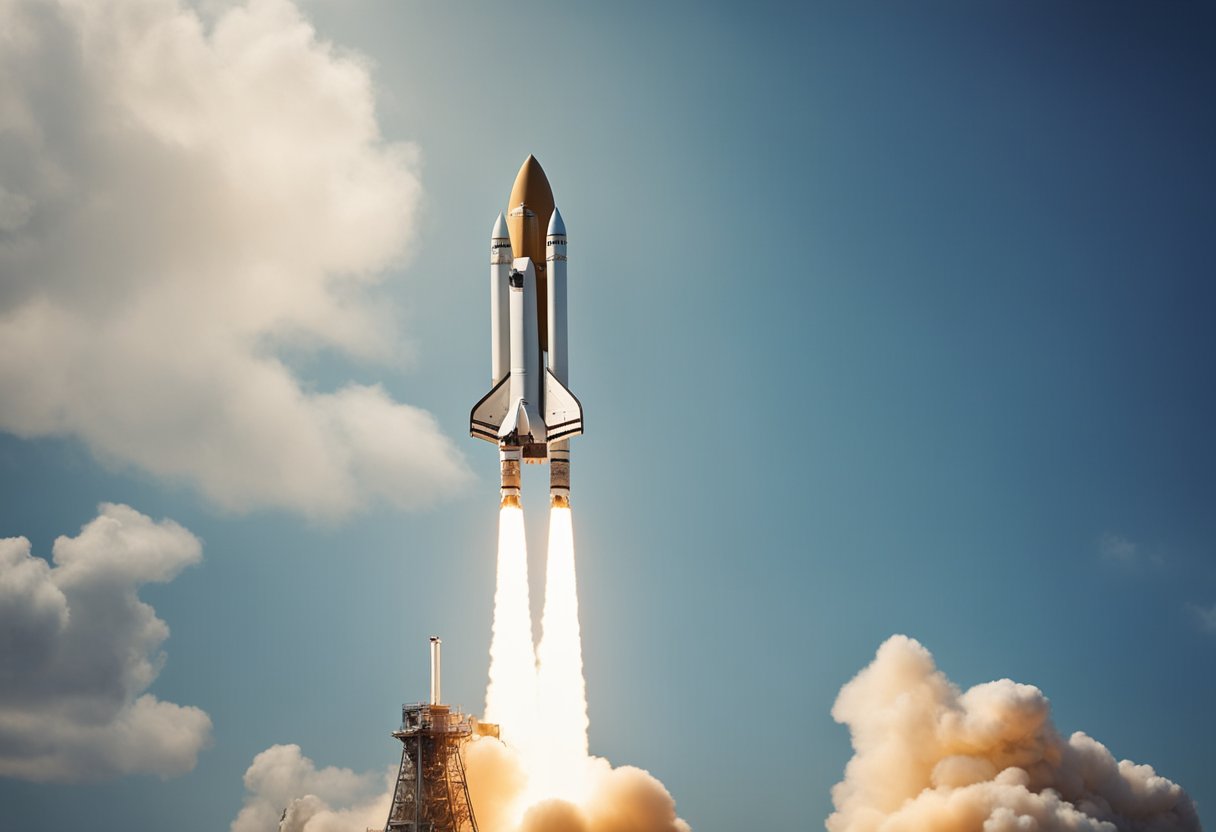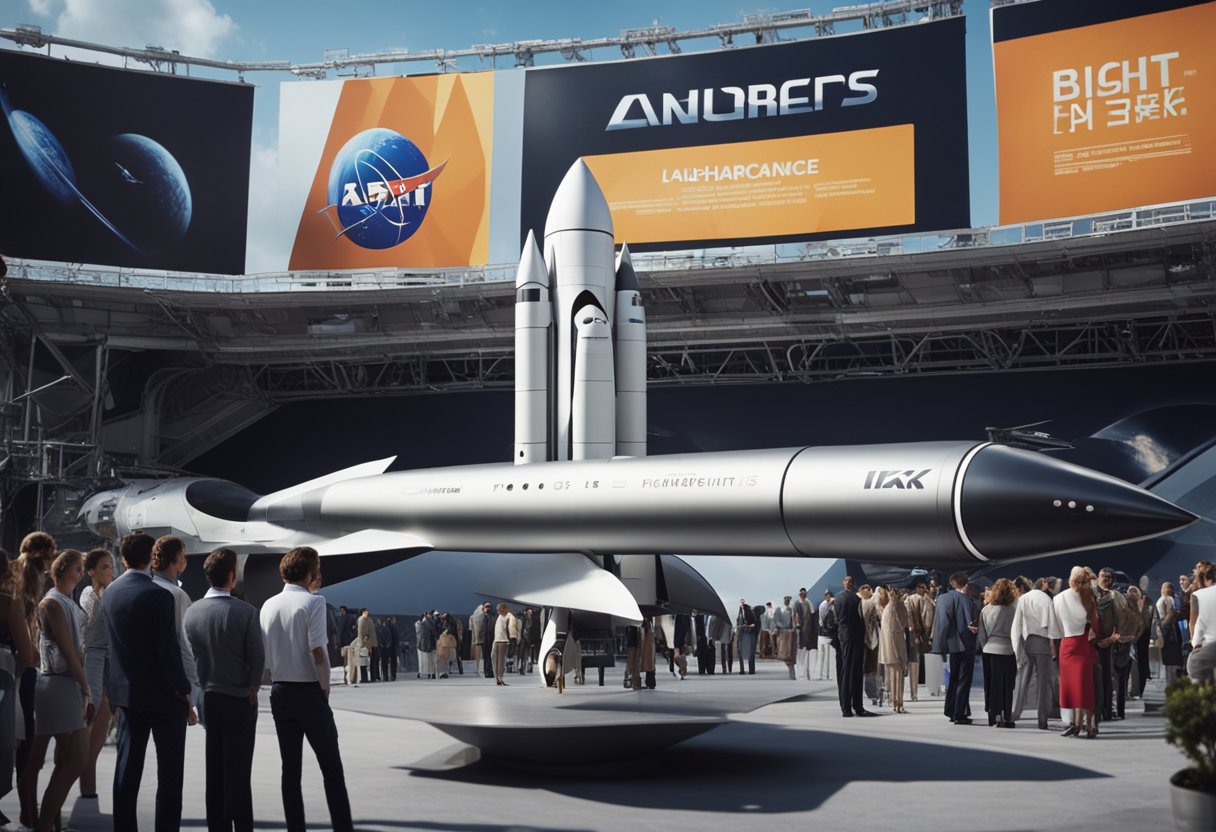
Space Tourism Insurance Considerations – As we explore the burgeoning industry of space tourism, we find ourselves navigating the complex web of insurance considerations that accompany such an extraordinary leap in recreational travel. The advent of space tourism has transformed the stuff of science fiction dreams into a tangible reality, introducing a whole new dimension where private individuals can gaze upon the Earth from the vast expanse of space. Insuring these intrepid travellers involves factoring in the unique risks and liabilities of leaving our planet’s atmosphere, which distinguishes space tourism insurance from traditional travel coverage.

With the increase in companies offering journeys beyond Earth, it’s critical to understand the insurance policies that are being put in place to manage the potential risks involved. The process is driven not only by the legal and safety requirements but also by the marketing and public perception associated with private space exploration. Ours is a journey much like any other, yet it is unlike anything else in the history of human travel. The insurance industry is adapting to the challenges of protecting both the travellers and the companies facilitating their space-bound adventures, as we all prepare for this exciting new era of exploration.

In this section, we explore how space tourism has transitioned from a government-led exploration initiative to a private enterprise, and the implications this has had on the insurance industry.
Space tourism began as a far-fetched concept, primarily under the auspices of NASA and other governmental agencies. The era of space travel was monumental and exclusive, with astronauts being the only individuals experiencing the depths of space. Fast-forward to the 21st century, and you’ll notice a shift towards commercialisation, thanks to visionaries like Richard Branson of Virgin Galactic, Jeff Bezos‘ Blue Origin, and Elon Musk‘s SpaceX. Each of these entities has been instrumental in transforming space exploration from a governmental endeavour to a private sector attraction, democratising access to suborbital flights.
Virgin Galactic, Branson’s brainchild, has been outspoken about its goals to make space more accessible. Blue Origin and SpaceX have followed closely, with Musk’s involvement adding significant momentum to the realisation of commercial spaceflights. Notably, while SpaceX has focused predominantly on the technical aspects, it is Bezos and Branson who have pushed the envelope in making space tourism a reality.
The emergence of commercial space travel has beckoned a nascent, yet crucial sector: space tourism insurance. Much like aviation insurance, this covers an array of potential risks such as medical emergencies, spacecraft damage, and personal property loss. However, the stakes are inherently higher in space, requiring novel risk assessments and policy frameworks. Recognising this, websites like SpaceVoyageVentures.com have cropped up to document the burgeoning realm of space tourism insurance, laying down a marker in what could soon be a bustling market.
The insurance industry has steadily monitored space tourism’s ascent, understanding that the unique perils posed by this new frontier will demand innovative insurance solutions. Just as the aviation sector evolved to incorporate comprehensive coverage for passengers and craft alike, the rise of space tourism compels insurers to consider covering the lofty costs associated with interstellar mishaps and emergencies.

In navigating the nascent realm of space tourism, one cannot overlook the pivotal role insurers play. The complexity and novelty of the risks associated with space travel necessitate a robust and specialised approach to insurance.
We observe that traditional insurance firms, with decades of experience in covering aviation risks, are cautiously stepping into space tourism. These insurers are leveraging their deep industry knowledge to adapt existing models to this new domain. Companies like UBS have shown interest in understanding and evaluating the risks inherent to civilian space travel, developing coverage that extends beyond the atmosphere.
Conversely, we have specialised space insurance companies that focus exclusively on the unique challenges of extraterrestrial travel. These providers conduct thorough analyses of spacecraft reliability, passenger safety protocols, and mission success rates to tailor their policies accordingly. Battleface, for example, is a firm that has been prominent in offering space tourism policies, underwriting risks that traditional insurers might shy away from.
In exploring the offerings provided on SpaceVoyageVentures.com, those of us intent on space tourism can witness firsthand how insurance considerations are integral to the experience, ensuring both traveller confidence and the feasibility of commercial spaceflight.

In our journey to facilitate space tourism, it’s essential for travellers to understand the nuances of space tourism insurance policies, which differ significantly from standard travel insurance due to the unique risks involved. These policies are crafted to offer financial protection against a range of potential incidents that could occur during space travel.
Insurance coverage is the cornerstone of any space tourism insurance policy. Generally, it can be categorised into the following:
It’s paramount for customers to review the detailed breakdown of coverage types to ensure they align with the risks involved in their space voyage, as outlined by providers like SpaceVoyageVentures.com.
Policy exclusions refer to specific situations or events that are not covered by the insurance policy. Some common exclusions might include:
Travellers must carefully review the exclusions in conjunction with obtaining informed consent for potential risks to ensure they fully understand what their policy does not cover. It’s vital for us to ensure that our decisions are based on well-informed, clear, and transparent information regarding the limitations of our insurance coverage.

In exploring the realms of space tourism, we must prioritise the stringent safety measures and robust accident prevention protocols that safeguard participants. This section examines the essential safety considerations and the meticulous training that space tourists will undergo.
When we assess the viability of space tourism, reliability statistics and figures are paramount. We meticulously track the performance and safety records of key players in the industry, such as Scaled Composites and the Soyuz spacecraft. For instance, Scaled Composites achieved historic milestones with SpaceShipOne, but not without thorough testing to establish a solid reliability figure. With their successor, SpaceShipTwo, reliability continues to be under constant surveillance, as any deviation could have profound implications for safety. As we gather more data from these flights, our understanding of the risks and safety figures for space tourism will become increasingly precise.
Adhering to safety protocols and comprehensive spaceflight training programmes is non-negotiable for us. Before any tourist boards a spacecraft, thorough training is conducted to simulate the conditions of spaceflight, focusing on both normal operations and potential emergency scenarios. Space tourists engage in drills that replicate the physical sensations of launch and re-entry and learn how to respond to onboard malfunctions. By the time a tourist embarks on a journey into space, they are well-versed in the use of safety equipment and possess the knowledge to act decisively should any unforeseen events occur.

As space tourism evolves, we find there are unique insurance challenges specific to suborbital flights. These trips, while brief, are not without significant risks, and insurance premiums must align with the inherent dangers and the flight performance standards set by regulatory bodies such as the Federal Aviation Administration (FAA).
Suborbital flights present various risks that are fundamentally different from those of traditional aviation. These include:
Insurance premiums for suborbital space tourism are calculated based on risk analysis and historical data. Expectations in the industry suggest:
Pricing strategies are evolving as we gather more data from these journeys. For more detailed insights into space tourism ventures and the current state of the market, SpaceVoyageVentures.com provides an informative perspective on emerging trends.
As we venture into the unprecedented territory of space tourism, the legal landscape presents complex challenges that must be navigated with care. Ensuring compliance with the Federal Aviation Administration (FAA) and addressing emerging legal conundrums are pivotal to safeguarding all parties involved.
Space tourism introduces unique contexts to existing jurisprudential principles. We must extend traditional laws to the spatial environment, a task that involves harmonising regulations among nations and establishing precedents in a field where few currently exist. Space activities must comply with both national and international law, making coordination and cooperation paramount.
The issues of liability and injury to third parties in space tourism are of particular concern. In terms of bodily injury or property damage, operators and tourists alike must understand who would be held responsible in the event of an accident. Regulations dictated by entities like the FAA ensure that companies obtain the necessary licenses and adhere to safety standards for passenger vehicles. The notion of legal conundrums arises when we consider incidents involving not just the tourists and operators, but also third parties who might suffer indirect consequences from space tourism activities. This requires us to expand our approach to liability insurance, factoring in the unique conditions of space travel.

In the realm of space tourism, marketing strategies and public perception play critical roles in shaping the industry’s future and profitability. As we explore this topic, we must consider the influence of the advertising industry and the allure of space as a luxury destination.
The advertising industry has been instrumental in framing space travel as not just viable but also highly desirable. By crafting compelling narratives and utilising personal advertisement campaigns, industry giants captivate the imagination of potential space tourists. An example is SpaceVoyageVentures.com, which offers a glimpse into upcoming and currently available space voyages, highlighting the exotic nature of these experiences.
Space tourism is increasingly portrayed as the ultimate luxury adventure. Our understanding of livery in this context extends to the design and branding of spacecraft and spacesuits, which are evolving into status symbols. To embark on a space journey is to participate in a trendy adventure, one that sets trailblazers apart from the common holiday experiences.

In the burgeoning realm of space tourism, ancillary industries such as fashion and insurance are gearing up to meet new demands. As we venture into orb, each sector prepares for a transformative impact shaped by the unique challenges of space travel.
Our approach to fashion in space necessitates a blend of functionality and style. Suits designed for space tourists bridge the gap between protective technology and aesthetic appeal, as comfort becomes crucial for brief suborbital trips or extended stays on platforms like SpaceVoyageVentures.com. We collaborate closely with the fashion industry to develop garments that withstand the harsh conditions of space while enabling ease of movement and a sense of individuality.
The safety and well-being of ground and technical crew, including pilots and operators of unmanned aerial vehicles (UAVs), present distinct insurance challenges. Comprehensive policies are crafted to address the risks associated with their critical roles, ranging from pre-launch activities to post-landing operations. Such insurance measures ensure a robust safety net, allowing crew members to perform their duties with greater assurance and focus.
As we venture into the era of commercial space travel, space tour operators must navigate a complex array of risks and regulatory landscapes. Our overarching concern is maintaining the highest standards of safety while ensuring sustainable and profitable operations.
We must stay abreast of ongoing regulatory changes in the space tourism sector. As unmanned space vehicles and launch vehicles become more prevalent, regulations are shifting rapidly. We make it our priority to engage with regulatory authorities proactively and adapt our procedures accordingly. This includes constant monitoring of statutory changes and ensuring compliance to avoid any reliability penalties.
Using insurance strategically is central to our approach to mitigating risk. Given the risky nature of transporting tourists beyond Earth’s atmosphere, we have developed partnerships with insurers who are specialists in the space domain. These policies cover a spectrum of risks including the physical damage to spacecraft, known in insurance markets as hull risk. By transferring a portion of the risk through insurance, we reinforce our commitment to safety and financial robustness.
We recognize that as space tourism evolves, so too must our strategies for managing its inherent risks. Through rigorous adherence to regulations and prudent use of insurance, we are paving the way for a secure future in commercial space transportation.
As space tourism transitions from a speculative vision to a tangible market, it’s imperative that we address the complex interplay between emerging technologies and insurance necessities.
In recent developments, our technology to traverse the cosmos has advanced at a pace beyond most predictions. With billionaires fuelling this new epoch of exploration, technology has not only made leaps in terms of reliability but also in offering a glimpse of commercial viability. Insurance industry professionals are keenly observing as to how current advancements may shape risks associated with space voyages. At platforms like SpaceVoyageVentures.com, we witness a continually updated compendium of these exploratory pursuits that are shaping the frontier of space tourism.
Insurance demands in the sector are set to evolve with the changing landscape of space travel.
The synergy between technology advancement and the insurance market is foundational to the growth of this new era of space tourism. Supporting these ventures, insurance companies will need to adapt to the intricacies of an industry not bound by earthly risks. Our collective focus must remain on ensuring a robust framework that can sustain the upward trajectory of this market.

As experts in the field of space tourism insurance, we’re often asked about the specific coverages and considerations for those looking to embark on the journey of a lifetime. Here we address some of the frequently asked questions about space travel insurance.
Space travel insurance typically includes protection against accidents, injuries, and other mishaps that could occur during the space journey. It also may cover spacecraft loss or damage, and often extends to contingent third-party liability to protect against claims for bodily injury or property damage.
Medical underwriting for space tourism policies is generally quite stringent. Our health and fitness levels are closely scrutinised since the rigours of space travel demand optimal physical condition. Insurance providers may require a full medical evaluation before offering coverage.
Space insurance for tourists can cover a myriad of risks, including accidental death and dismemberment, medical expenses due to injury or illness during the trip, and emergency evacuation. Space tourism companies are financially prepared to handle various scenarios, including equipment failures or accidents.
Yes, like traditional travel insurance, space travel insurance policies may offer coverage for trip cancellations and interruptions. This can provide a monetary return if a launch is delayed or a trip is cancelled due to unforeseen circumstances.
Insurance premiums for space tourism are typically much higher than for traditional travel insurance due to the increased risks associated with spaceflight. The cost reflects the novel nature of the industry and the significant financial responsibility companies assume.
Indeed, there are particular qualifications and training required. Space tourists must complete prescribed training programmes to prepare for the conditions of spaceflight. These programmes are crucial for safety and can impact one’s eligibility for insurance coverage.